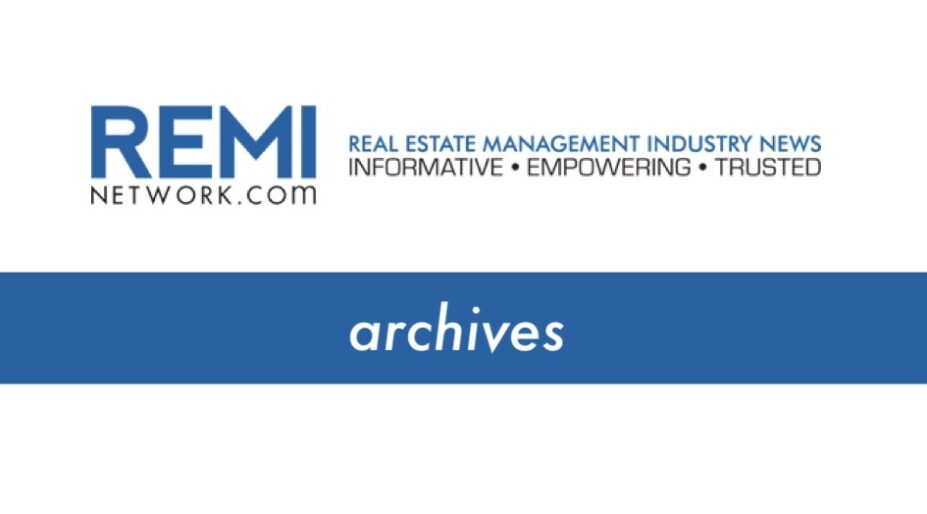Introducing change in the workplace, such as moving to unassigned desks, is about more than co-ordinating logistics. Employees need to understand how and why to participate; otherwise, the program is unlikely to succeed.
That was the key message from experts participating in AgilQuest’s recent Tactics for Improving User Adoption and Buy-in for Hoteling and Telework webinar.
Key concepts
Kate North, vice-president of global development at e-Work.com, spoke about key foundational concepts.
Employee engagement is important, especially at the leadership level. That means having leaders demonstrate new behaviours.
“Oftentimes teams will sit back and wonder if they can really use some of these more informal spaces or if people will think that they’re just not working anymore, and so getting these leaders to begin to actually use them is a really important component of that,” North said.
Employee education is equally critical. This includes explaining why the company is making the change, training mid-level managers how to lead distributed teams, teaching employees how to stay connected, as well as ensuring employees know how to use new technology.
Lastly, North recommended marketing workplace change with testimonials from those who have successfully made the transition. Leaders should also continue to improve the program by collecting data, doing surveys and observing how new spaces are being used, she said.
Bringing everyone on board
Susan Leach, change management and program manager at Cisco Systems, discussed her organization’s ongoing global implementation of its connected workplace program throughout its portfolio. Change did not come easily, Leach said, despite Cisco being a company that creates the technology people use to be mobile.
“A lot of people think, ‘It’s just a move or we’re just changing the furniture — it’s not that big of a deal,’” she said. “It’s absolutely one of the biggest deals that a company can do because it fundamentally can shift the culture of a company.”
Because this tangible change can be such an emotional one for employees, Leach said that Cisco prepares its project teams to be able to identify where employees are on the change curve, for example, denial, anger or bargaining.
Leach emphasized the importance of bringing mid-level managers on board, because they’re the most impacted when they lose their offices. The opportunity for them to have a two-way dialogue during the process can help. She also pointed out that it’s important not to forget the administrative assistants who support the mid-level managers.
Communicating pre- and post-launch
Dawn Crisson, telecom engineer at Booz Allen Hamilton, outlined all the communication her organization undertakes when introducing hoteling.
Three months in advance, the organization sends out an announcement; two months in advance, the organization communicates with employees moving into the hoteling environment, providing screenshots of the kiosks and directions on how to reserve workstations; and one month in advance of the program’s launch, the organization does a test run, walking employees through the process.
On the day of the program’s launch, support staff circulate and offer help. Tip sheets are left on desks, providing phone numbers, website links and information such as where printers are located and how to connect to them.
One month after a program’s launch, Crisson recommended hosting a pizza lunch where an organization solicits feedback from employees on how to improve its program.
“The more they feel involved, the better it seems to go,” she said.
Making special accommodations
Mark Kaprow, an IT specialist at General Services Administration (GSA), highlighted how the GSA switched from assigned seating to nearly 100 per cent hoteling, the emphasis being on “nearly.”
Small meeting rooms, accommodating two to four people, don’t have to be reserved for informal meetings of two hours or less, unlike the larger conference spaces. As well, approximately 10 per cent of the space allocated to each agency within the GSA, from budget to human resources, is available for long-term reservations.
“Some organizations assigned most of these spaces to their top leaders,” he said. “Other organizations assigned these spaces to their administrative people, so they can be found all the time.”
And hubs or “neighbourhoods” are available for groups of employees who need to work together, Kaprow said.
Michelle Ervin is the editor of Canadian Facility Management & Design.





